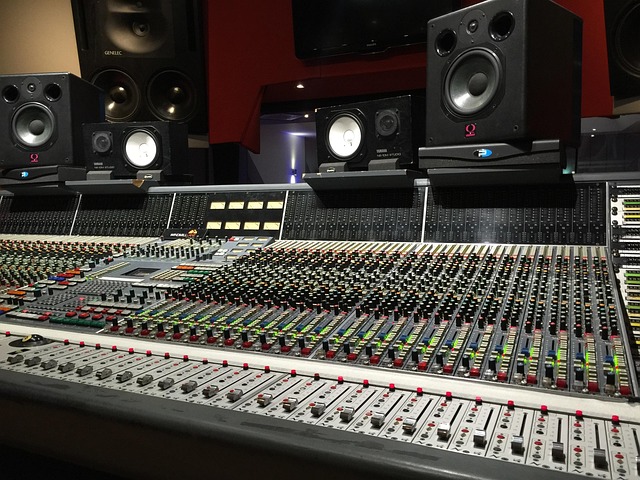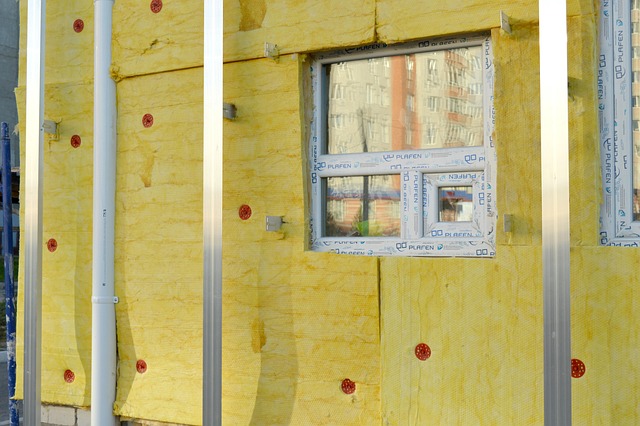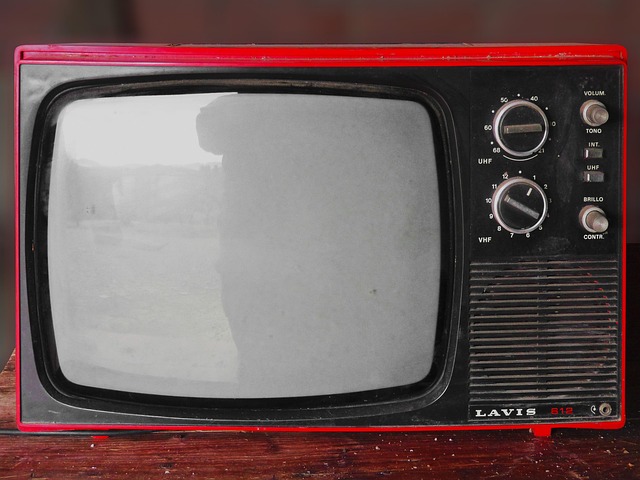In the dynamic world of television production, one role stands out as pivotal yet often overlooked: that of the sound engineer. The art and science of sound engineering go beyond simply mixing audio; it encompasses a deep understanding of how sound interacts with visual elements to create an engaging viewer experience. As technology advances, sound engineers are utilizing state-of-the-art monitors and display technology to masterfully blend audio and visual components.
When it comes to TV production, the importance of sound cannot be overstated. It sets the mood, enhances storytelling, and draws viewers into the narrative. A skilled sound engineer understands that every sound—be it the rustling of leaves, the distant roar of a crowd, or the subtle inflections in a character’s voice—plays a critical role in visualization. By using advanced techniques and technologies, they are able to highlight these soundscapes, ensuring that they resonate with the audience in a profound way.
Modern display technologies have revolutionized how we experience television. High-definition monitors now bring visuals to life, but without corresponding sound design, even the most stunning visuals can fall flat. Sound engineers utilize specialized monitors that offer precise sound visualization, enabling them to see how audio elements interact with the captured images. Such tools allow for a level of detail that aids in crafting the perfect auditory experience that complements the visual narrative.
Moreover, the technical skills of a sound engineer extend into realms such as audio mixing, sound design, and even post-production editing. They work diligently to ensure that every auditory nuance is captured accurately, employing advanced software that visualizes audio waves and frequencies. This not only assists in mixing sound but also aids in the seamless synchronization of sound effects with on-screen action, enhancing the overall storytelling experience.
As technology continues to evolve, the role of the sound engineer will surely expand. The incorporation of immersive audio technologies like Dolby Atmos and spatial audio further emphasize the necessity of sound in television. With high-resolution monitors serving as the backdrop, sound engineers are tasked with not just creating soundtracks but building immersive worlds that captivate the audience from every angle.
For those passionate about audio technology, there’s never been a more exciting time to step into the world of sound engineering. The intersection of sound and visual artistry offers boundless opportunities for creativity and innovation. Through their mastery of technical skills and advanced tools, sound engineers are not just technicians; they are the unseen architects of the television experience, ensuring that every moment we watch is enhanced by a rich tapestry of sound.
This delicate balance of audio and visual synergy is what makes a TV show not just watchable, but memorable. The next time you find yourself engrossed in a gripping drama or a thrilling documentary, take a moment to appreciate the intricate work of the sound engineer behind the scenes. Their artistry is indeed a vital thread woven into the fabric of television production, creating experiences that resonate far beyond the screen.



